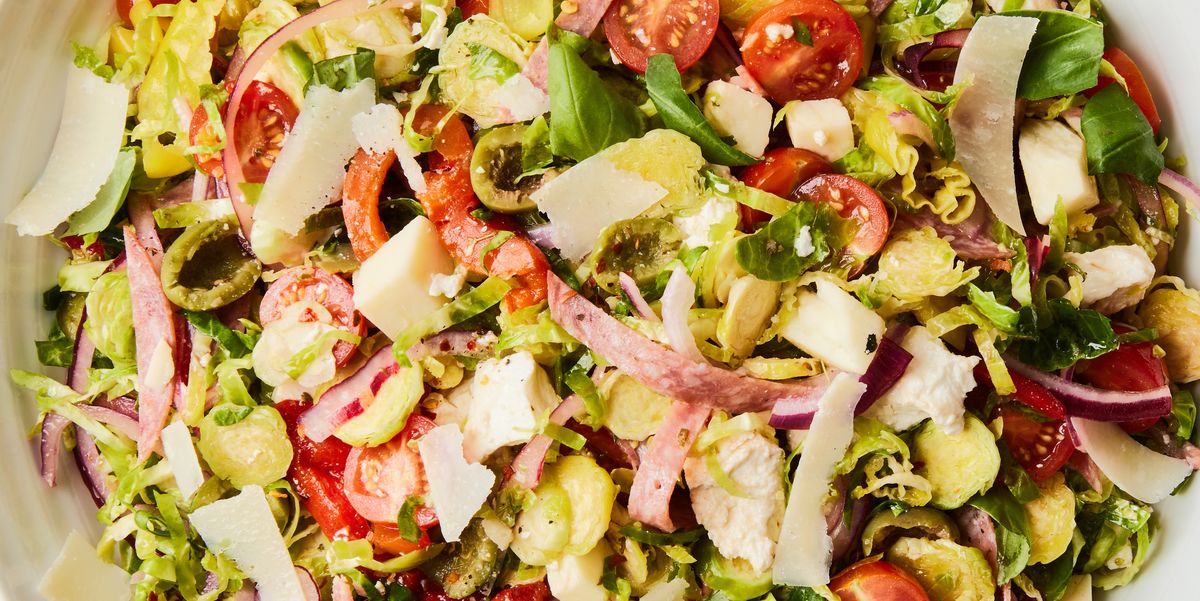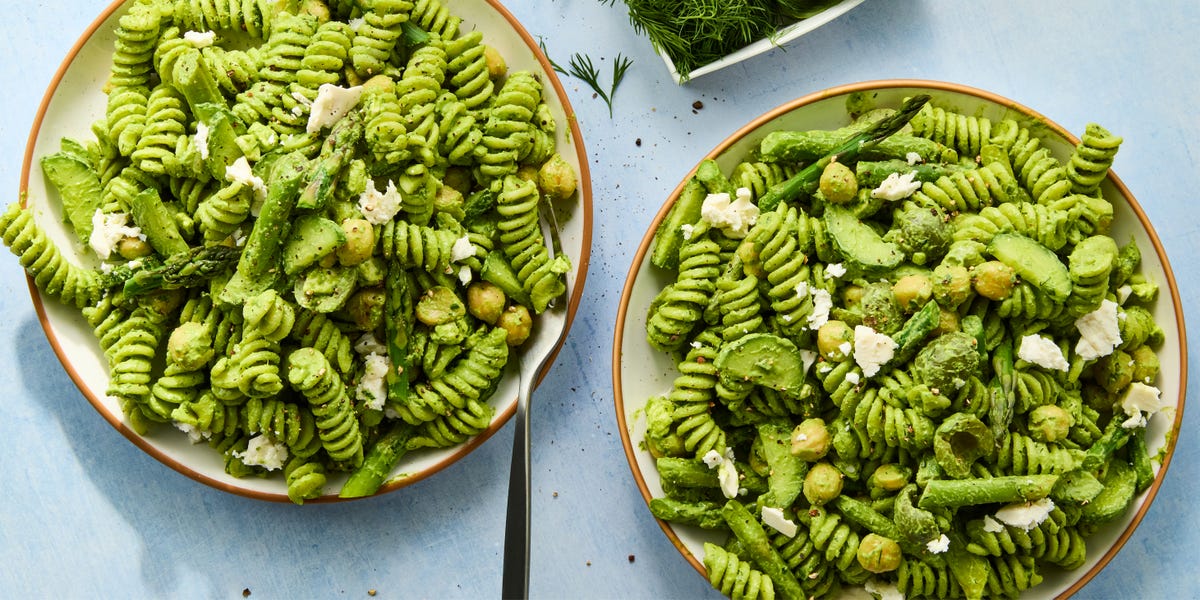
When it comes to lettuce, romaine is arguably the MVP. It has a mild and versatile flavor that makes it a reliable foundation for nearly every type of salad. Romaine has enough structural integrity to stand up to hearty fillings in a lettuce wrap. And, most importantly, it’s affordable and easy to find at any grocery store.
You can reliably find a bag of pre-washed romaine hearts in the produce department. But there’s also a good chance that the lettuce you find at the store is spotted with strange orange stains. These splotches typically litter the crisp, light green section of your romaine, and to say they look unappetizing is a serious understatement.
Sure, these stains may look like your romaine got a bad spray tan, but what are they exactly? How do these orange spots develop and are they safe to eat?
More From Delish
Before you throw away the whole head, we’re here to help! We’re breaking down everything you need to know about the rust-colored stains on romaine. So the next time you’re making homemade Caesar salad or turkey taco lettuce wraps, you can rest assured that you’re not serving any unwanted health risks.
What Are The Orange Spots On Lettuce?
The orange spots you can find on heads of lettuce kind of look like rust. But no need to fear—actual rust has nothing to do with this phenomenon. It’s officially called russet spotting, and it’s named after the color, not the potato. It’s also one of the most common disorders that can affect lettuce.
But how does russet spotting even happen? According to Marita Cantwell and Trevor Suslow at UC Davis’s Department of Plant Sciences, we have the compound ethylene to thank. This gas is used by certain fruits and vegetables to speed up the ripening process. Ethylene is what makes your avocados soft and your bananas turn brown.
But for more delicate produce, like lettuce, ethylene can trigger a chemical reaction that makes your food look less appetizing. Cantwell and Suslow report that exposure to ethylene promotes the production of phenolic acids and causes orangey brown pigments to develop on your head of lettuce. This process is expedited when your lettuce is packaged in a closed container, like a clamshell or plastic bag.
Is Rust-Stained Lettuce Safe To Eat?
The dark orange spots on your greens may raise alarm bells, but that doesn’t mean you have to avoid them. Lettuce with russet spotting is completely safe to eat. No matter how strange it may look, this discoloration is purely a cosmetic flaw. As long as there are no other warning signs with your lettuce (like sliminess or foul odors) you can go ahead and eat it.
However, it’s important to note that you should always wash your lettuce thoroughly before cooking with it—even if it’s advertised as being pre-washed. Your greens can still be introduced to illness-causing bacteria and germs during packaging, transportation, and sitting on grocery store shelves.
If you want to prevent your russet spotting from getting worse, Cantwell and Suslow suggest storing your lettuce away from fruits and vegetables that emit high amounts of ethylene (like apples, avocados, bananas, and cantaloupe.)
















Leave a Reply